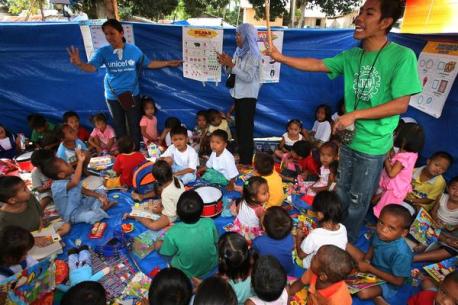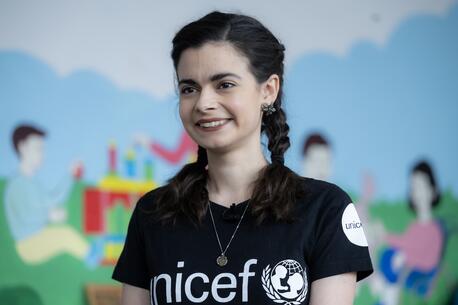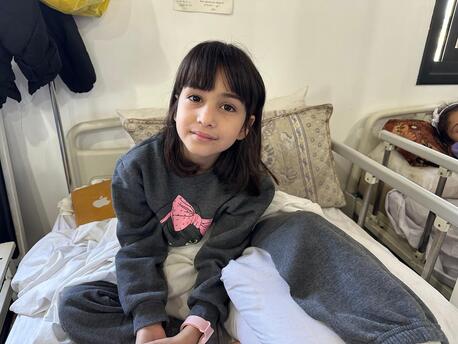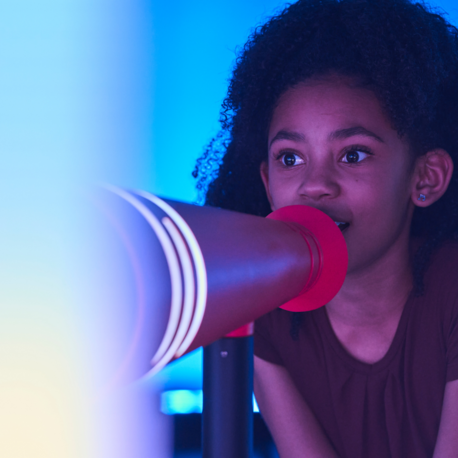
Typhoon Haiyan: Protecting Children from Trafficking and Abuse
Emily Pasnak-Lapchick is a fellow with the End Trafficking project at the U.S. Fund for UNICEF.
Over the past week, as I've seen the pictures, numbers and stories about Typhoon Haiyan rolling into my inbox and across my computer screen, I can't help but think about the vulnerability of millions of children in the Philippines. Many of them have lost their homes and loved ones or are experiencing trauma; and their families may have lost income.
These children are at elevated risk to trafficking, exploitation, and abuse. After disasters such as the earthquake in Haiti and the tsunami that affected Indonesia and Sri Lanka, many children who had lost or been separated from their families were trafficked and forced to work, provide sexual services or beg on the streets. It is estimated that thousands of children were trafficked in the aftermath of the earthquake in Haiti. However, with a large youth population spread over more than 7,000 islands, the situation in the Philippines after Typhoon Haiyan has the potential to be even worse.
As the week progressed I began to reflect on the power, strength and resilience of UNICEF, and I have faith that lives will be restored. Along with providing clean water, food, medical supplies and safe places to play and go to school, UNICEF is working to put systems in place to protect children from trafficking, exploitation, abuse and gender-based violence. In collaboration with the government of the Philippines, UNICEF is working to set up a family tracing system to allow for swifter and more efficient reunification of families. © UNICEF/NYHQ2010-0175/Noorani. Boys play at a child friendly center in Port-au-Prince, Haiti, after the devastating earthquake in 2010. Above, volunteers teach in a child friendly learning space following the 2008 conflict in Datu Piang, southern Philippines.
While health is a priority due to the impact of Typhoon Haiyan on water supplies and sanitation systems, children also need safe and protected spaces to play and resume educational activities to restore a sense of normalcy to their lives. UNICEF will be working furiously to reunite children with their families and protect the most vulnerable children who have been separated from their families or orphaned.
Typhoon Haiyan was the strongest typhoon ever to make landfall anywhere in the world. Based on the latest assessments, UNICEF has increased its appeal to $61.5 million to address the needs of children. This will fund emergency programs in child protection, water, sanitation and hygiene; nutrition, and education. We know what needs to be done, but UNICEF cannot reach the most vulnerable children without your help. If you are interested in organizing a volunteer effort, check out Rachael Swanson Mizuno’s tips.


